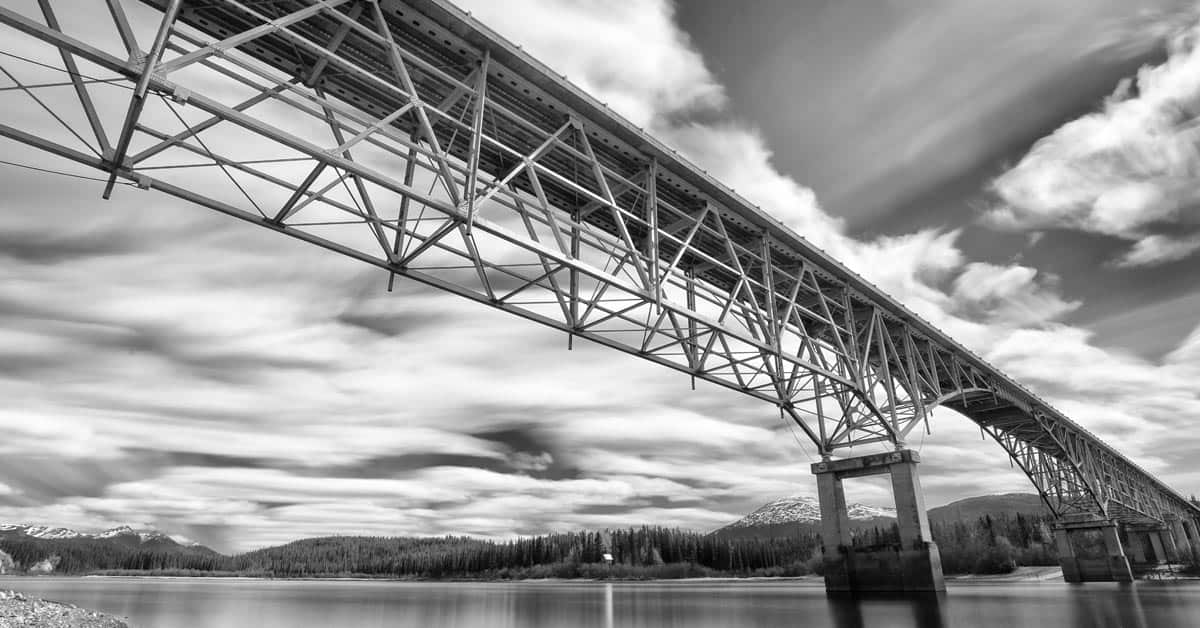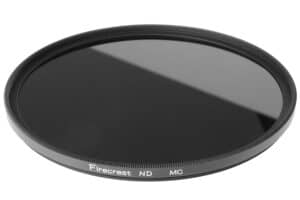Yesterday I was photographing a scene in the Yukon using my Firecrest 16-stop ND filter from Formatt-Hitech, so I thought it would be good to add this to the Gear Check series. Neutral density filters are most commonly used in landscape photography to smooth out flowing water from rivers or waterfalls, or to flatten the ripples in large bodies of water, such as lakes and oceans. With very long exposures you can even smooth out the clouds in the sky and create interesting cloud trails. Under a bright midday sun it’s not usually possible to get long enough exposures for cloud trails though, unless you use a very specialized ND filter like my Firecrest 16-stop one. A 10-stop filter can work for clouds, but I’m of the mind that you might as well go all the way to 16-stops anyway because a 10-stop is already too dark to use for anything else anyway. When filter manufacturing technology wasn’t as good as it is today, 10-stops was the limit that companies like Lee would push things to for fear of introducing too much colour cast into the final image. These days, with technology like Formatt-Hitech’s Firecreast process, this is much less of a worry and 13-stop and 16-stop filters are becoming more common. The perfect ND filter kit for me is a 3-stop, a 6-stop and a 16-stop, with the first two being used for moving water, and the latter being used for clouds. You can then stack the 3 and the 6 to make a 9-stop if you need it.
Anyway… I digress… let’s take a look at this 16-stop Firecrest filter!
This interesting scene had beautiful puffy white clouds floating slowly past it under a high sun. I knew I wanted to make a black and white image because the bright bridge structure was always going to make a wonderful contrast to the deep blue sky which I would render very dark in the black and white conversion by adjusting my colour filtering.
Below I have included a series of images for you to see the whole process. Firstly we have the original image with just a circular polarizing filter, which I was using to darken the sky, knowing that I wanted it to be extra dark in the black and white conversion. The second image is an 18-minute long exposure using the polarizer and the Firecrest 16-stop ND filter, with no colour corrections applied to it at all. Now, lots of companies claim total colour neutrality with their ND filters but in my experience it’s not really the case. Having said that, there’s definitely good and bad colour shifts, and you need to be wary of this! A filter that adds a strong magenta or green cast to your images can be a royal pain in the ass to correct in Lightroom and Photoshop. In the case of this Firecrest filter, you can see that it has cooled the image down slightly, and there’a little magenta creeping in at the edges. It’s not really a big deal, and a small increase in white balance temperature in Lightroom brought things back in line with the original image, along with decreasing the saturation of the magenta channel. For an 18-minute exposure, I’d say that’s pretty good.
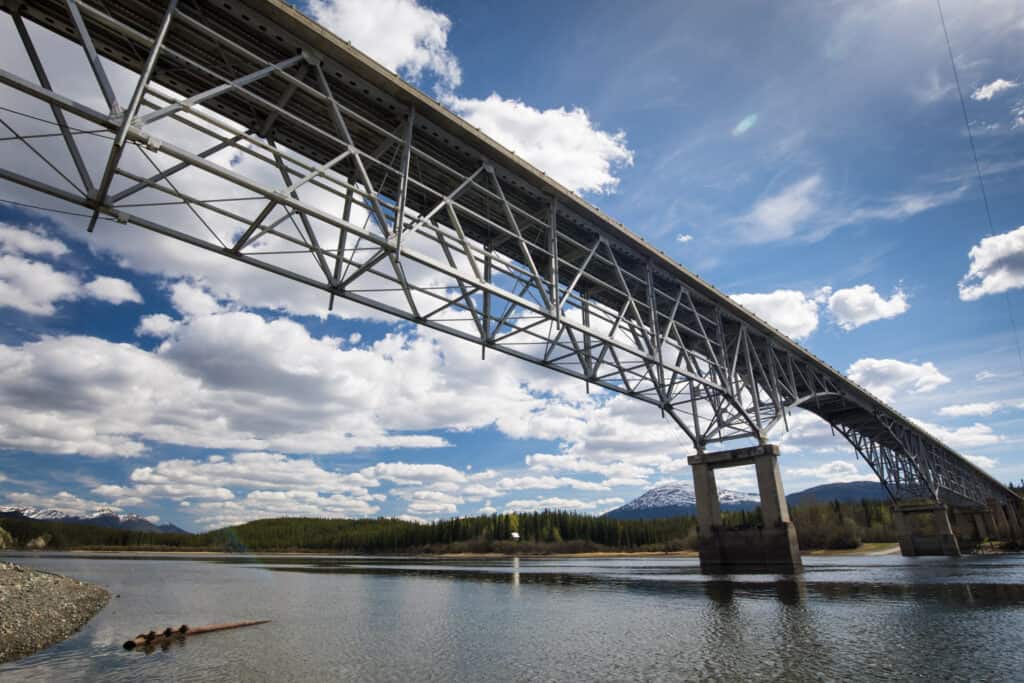
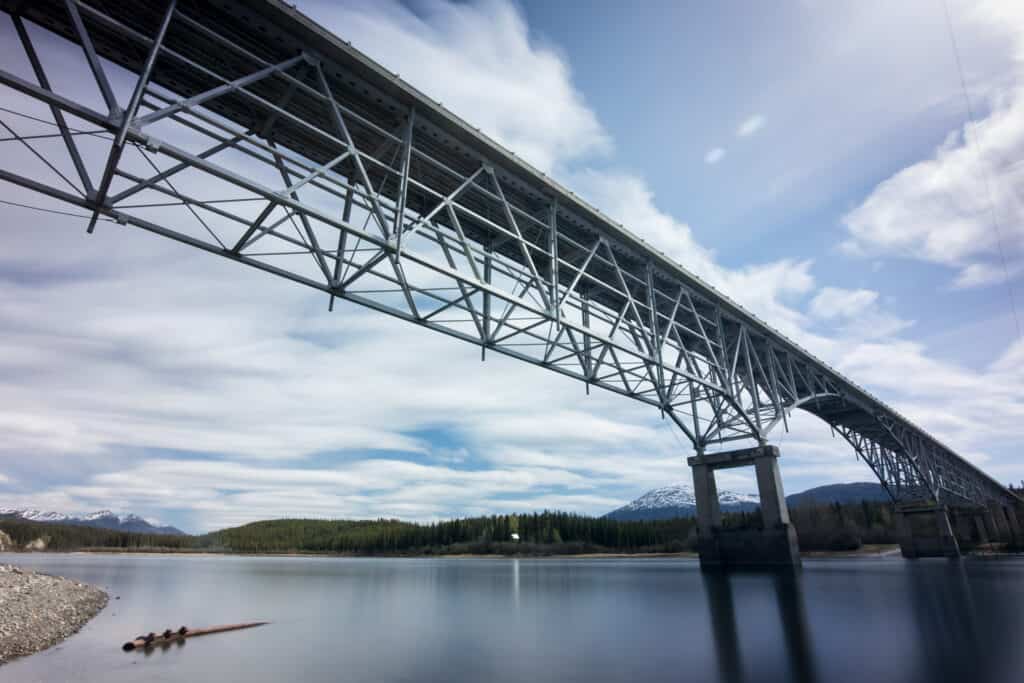
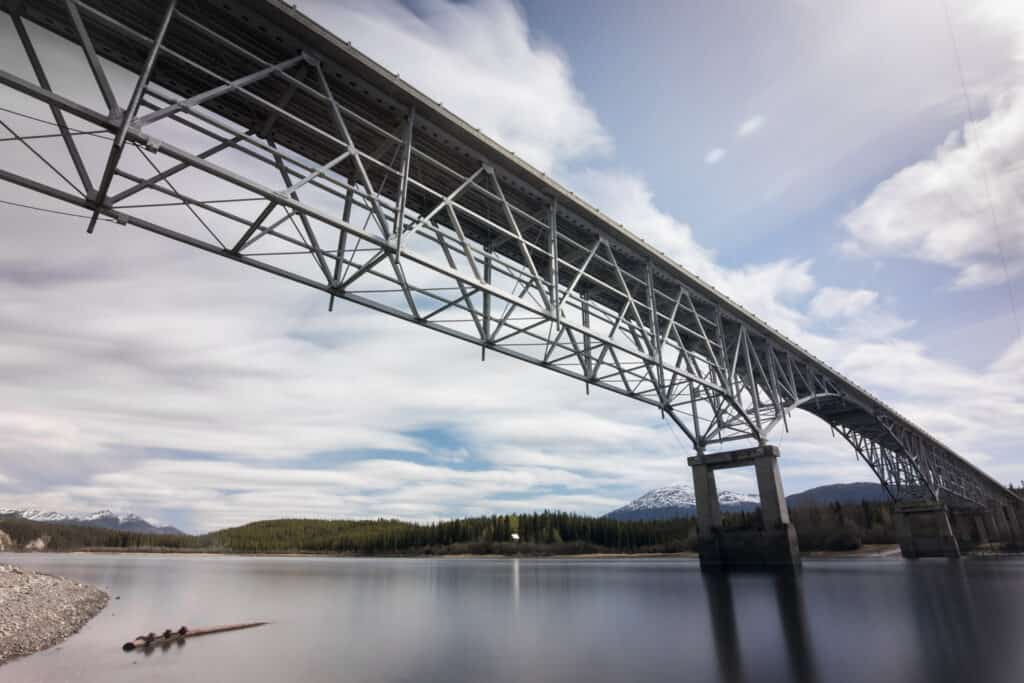
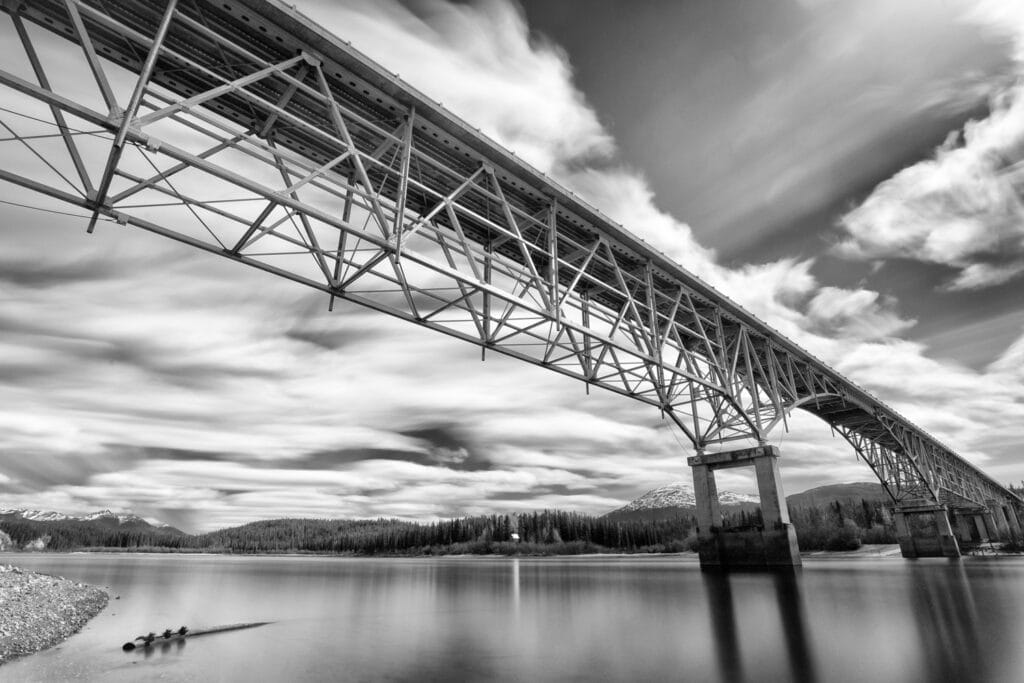
100mm or Screw-on?
Firecrest filters are available as screw-on versions, or 100mm square filters that require a holder. Over on Shutter Muse I’ve previously written in-depth about the differences in using a screw-on filter vs. a square filter, but the short version here is that I use square filters for my 3-stop and 6-stop filters so that I can use them with all my lenses, no matter what the filter thread diameter, but I use a screw-on 16-stop filter. Since I’m only using the 16-stop for cloud trails, it’s guaranteed that I’m going to be using my 16-35mm f/4 L IS lens, or my 24-105 f/4 L IS II so that I can take in a lot of clouds in the frame. When you’re shooting very long exposures you have to start worrying about light leaks and using a screw-on filter eliminates this issue at the front end of the camera, and you only need to worry about covering the viewfinder.
Save 10% on Firecrest Filters
If you want to save 10% on Formatt-Hitech filters such as this 16-stop one, you can use the Formatt-Hitech coupon code DanCarr10 when you checkout on either the international store or their US store. The filters are also available from B&H and Amazon, but you won’t get the 10% discount there. I may make a small commission if you use these links, but I purchased this 16-stop filter myself, and Formatt-Hitech have not asked me to create this content, this is all off my own back and presented to you here for evaluation. The good news is that clearly this is a very good 16-stop filter, and actually Firecrest filters are very reasonably priced compared to the competition! Under $100 for the one I was using.

Conclusions
The reason I like carrying a 16-stop filter with me is that it gives me something to play with in the middle of the day when most photographers usually put the camera down because the light isn’t good enough. If I’m away on a trip to a far off location, I don’t like to sit around on my ass for half the day! A 16-stop filter really opens up new possibilities for creativity in almost any weather condition.

